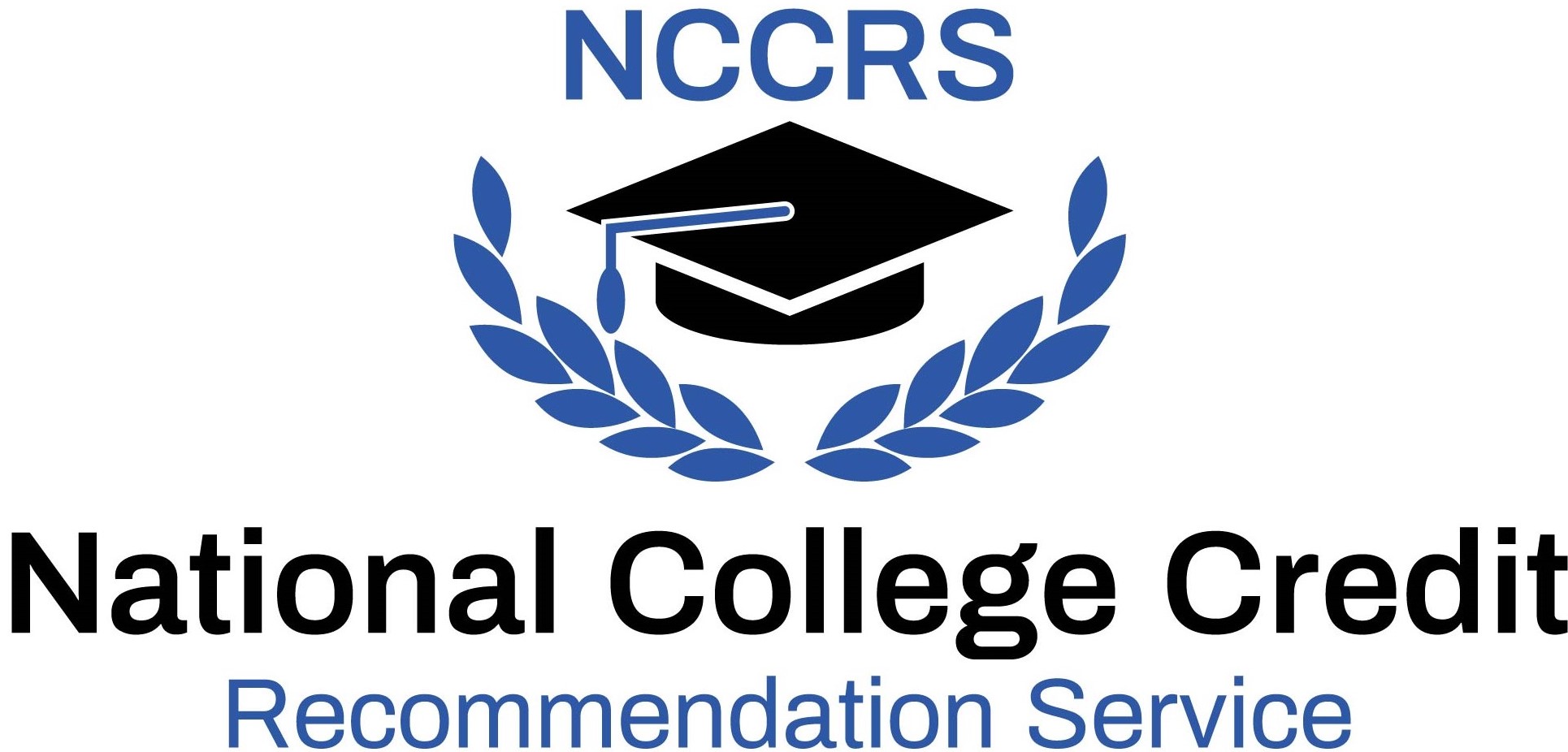LIUNA Training and Education Fund | Evaluated Learning Experience
Pipelaying PIPE
40 hours.
April 2011 – Present.
Upon successful completion of the course, students will be able to: define the following terms: bench mark, horizontal, level, offset, percent of grade, plumb, rate per foot, station, and vertical; describe the use of common construction referencing methods to locate object as manholes or utilities; given reference points for an object, locate the object within .25’; describe how stationing systems are used to locate measurements within the project; given a series of hub grades, use squaring principles to set offset stakes at 25’ intervals to establish a trench line; given a grade sheet with a set of elevations, calculate elevations and elevation changes using a rate per foot or percentage of slope; given a partially completed cut sheet, calculate the cut or fill for each station; given an established trench line, set up and demonstrate the use of a pipe laser to check for proper grade within the excavation; demonstrate the set up of the pipe laser in a manhole to check for line and grade; demonstrate the correct set up of a transit level; given a set of elevation hubs and working on a team, calculate each elevation to within +/- .02’; define the following terms: benching, shield, competent person, slope ratio, cross braces, sloping, excavation, trench, hazardous atmosphere, uprights, sheeting, and wales; describe three warning signs of a possible trench cave-in; describe two types of protective systems for excavations; describe the soil characteristics of type A, B, and C soil, and state the sloping requirements for each soil type; list the OSHA requirements for access to and egress from excavations; given a set of construction scenarios, determine the access/egress requirements for each scenario; given the proper tools and equipment, and working in teams, demonstrate the installation of timber tight shoring, shoring with screw jack bracing, and hydraulic shoring; define the following terms: building sewer, gravity flow, main, sanitary sewer, sanitary sewer system, sewage, sewers or sewer systems, lateral, and manhole; identify and describe the purpose of the tools and equipment used in sanitary sewer installation; working as part of a team, demonstrate the installation of 110 feet of PVC pipe, and demonstrate installation of PVC laterals; list and describe the tools and equipment used in storm sewer installation; working as part of a team, demonstrate the installation of storm sewer pipe; identify and describe the purpose of the tools and equipment used for repair and tie-in of PVC and concrete pipe; working as part of a team, demonstrate the repair of PVC and concrete pipe; describe and demonstrate the set-up and operation of low-pressure air testing equipment on sewer lines; identify and describe the purpose of the tools and equipment used form manhole invert construction; working as part of a team, demonstrate the construction and shaping of an invert within a manhole; describe five types of pipe used for storm drain and sub drain systems; identify and explain the purpose of each of the following tools and pipe appurtenances: all-thread rod, tee bolt, dresser coupling, wrap-around repair clamp; describe and demonstrate joining pipe sections using mechanical and Tyton (push-on) joint connections; describe and demonstrate Ductile Iron water pipe installation and assembly techniques; given a drawing of a fire hydrant assembly, assemble the hydrant within tolerance and according to the drawing; describe and demonstrate hydrostatic testing procedures for Ductile Iron pipe and demonstrate test pump set-up and operation; given a formula and problems related to leakage during hydrostatic testing, calculate the maximum allowable leakage for each problem; describe and identify the following tools and appurtenances: corporation stop, curb stop, tapping saddle, tapping machine, flaring tool; identify the components of a Mueller model B-100 tapping machine, inspect each component, and set up the machine; describe and demonstrate the procedures for direct tapping and assembling of a water service connection; describe and demonstrate the maintenance procedures for the Mueller model B-100 tapping machine; describe the protocol for using a central “One Call” number; given a list of “One Call” numbers and a state or county, locate the correct number; given the need to excavate near a utility, describe notification requirements and location services provided by the local utility company; and describe and demonstrate the purpose and process of probing and potholing a utility.
Major topics provide the basic knowledge and skills that CCLs need to work safely in trenches, and correctly install, tap, and repair PVC, Ductile Iron and concrete pipe.
In the lower division baccalaureate/associate degree category, 1 semester hour in Pipeline Technology or Construction Technology (4/16) (4/21 revalidation).







